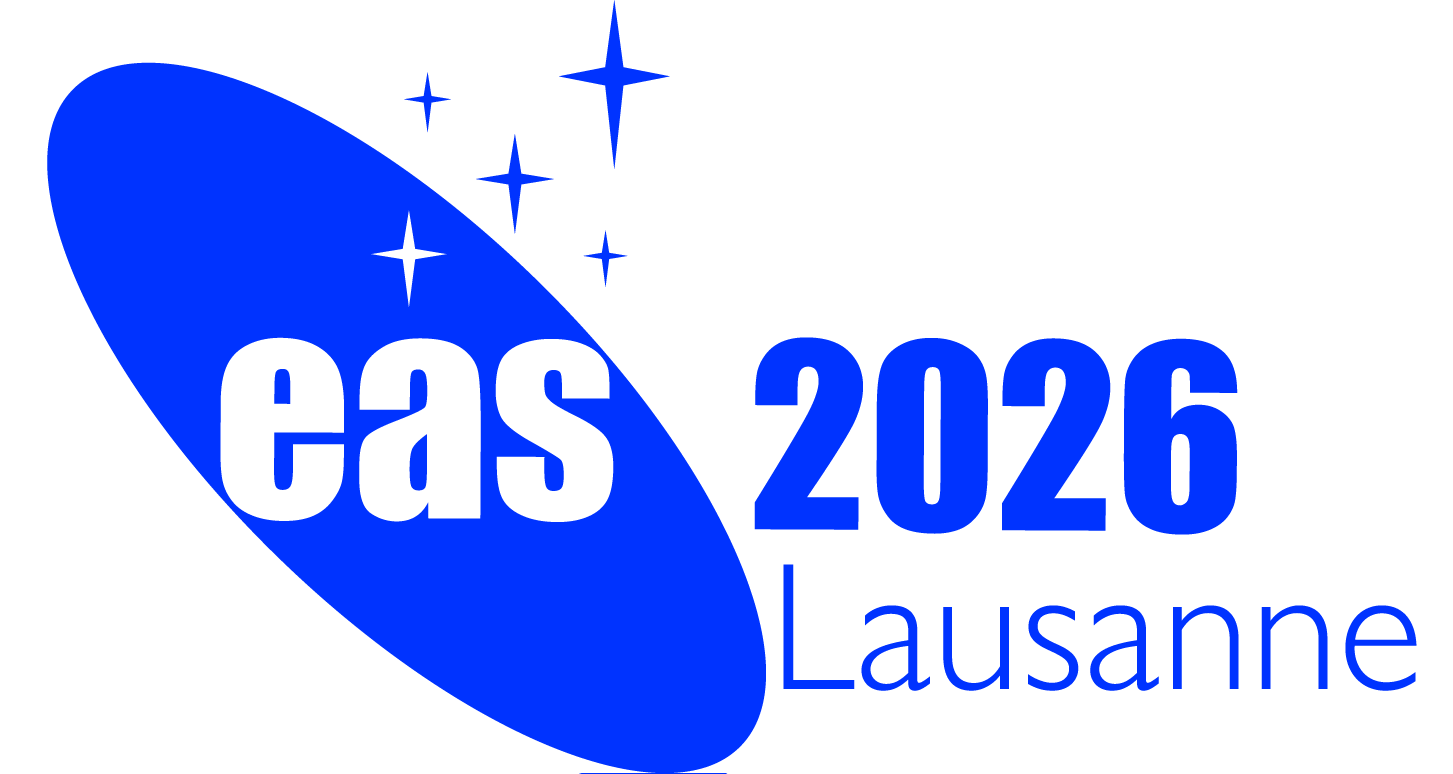
|
Symposia S14
From small-scale solar phenomena to stellar contexts: observational breakthroughs, theoretical advances, and space weather implications
The most recent solar observations are achieving a combination of spatial, spectral, and temporal resolutions that provide unprecedented insights into the small-scale processes occurring in the solar photosphere, chromosphere, and corona. These advances enable solar physicists to study and understand the complex interplay between plasma, radiation, and magnetic fields on ever smaller scales. While our abilities to probe the fine-scale dynamics of the (inner) atmospheric layers of the Sun continue to improve, the broader impacts of the intricate processes we are unveiling are not always clear. Understanding the wider importance of how these localised phenomena impact the solar–terrestrial relationship, the influence of such behaviour on other Sun-like stars, or how they can affect the dynamics of magnetospheres requires progress in the coordination and interchange across observational, instrumental, and theoretical domains. The goal of this symposium is to bring together solar physicists studying fine-scale phenomena with experts in space weather and stellar activity, fostering an exchange that connects solar research to broader astrophysical contexts. This symposium is a coordinated effort and provides a platform for comparing techniques, discussing challenges, and highlighting recent breakthroughs. Programme
The program is structured into six thematic blocks:
The symposium aims to strengthen collaboration across instrumental, observational, and theoretical efforts to capture the complexity of the solar magnetic field and its impact on our understanding of the Sun and other stars. Invited speakers To be confirmed Scientific organisers
Contact
Sebastián Castellanos Durán (castellanos @ mps.mpg.de) Ivan Milic (milic @ leibniz-kis.de)Updated on Tue Dec 16 04:55:36 CET 2025
|
||||||||
|
European Astronomical Society |
|||||||||
 A power cut will shut down all EAS services on Tuesday, 10 January 2017 starting at 7:30 CET.
A power cut will shut down all EAS services on Tuesday, 10 January 2017 starting at 7:30 CET.

